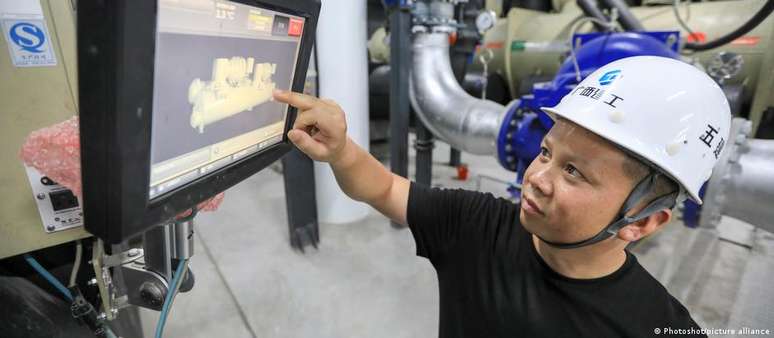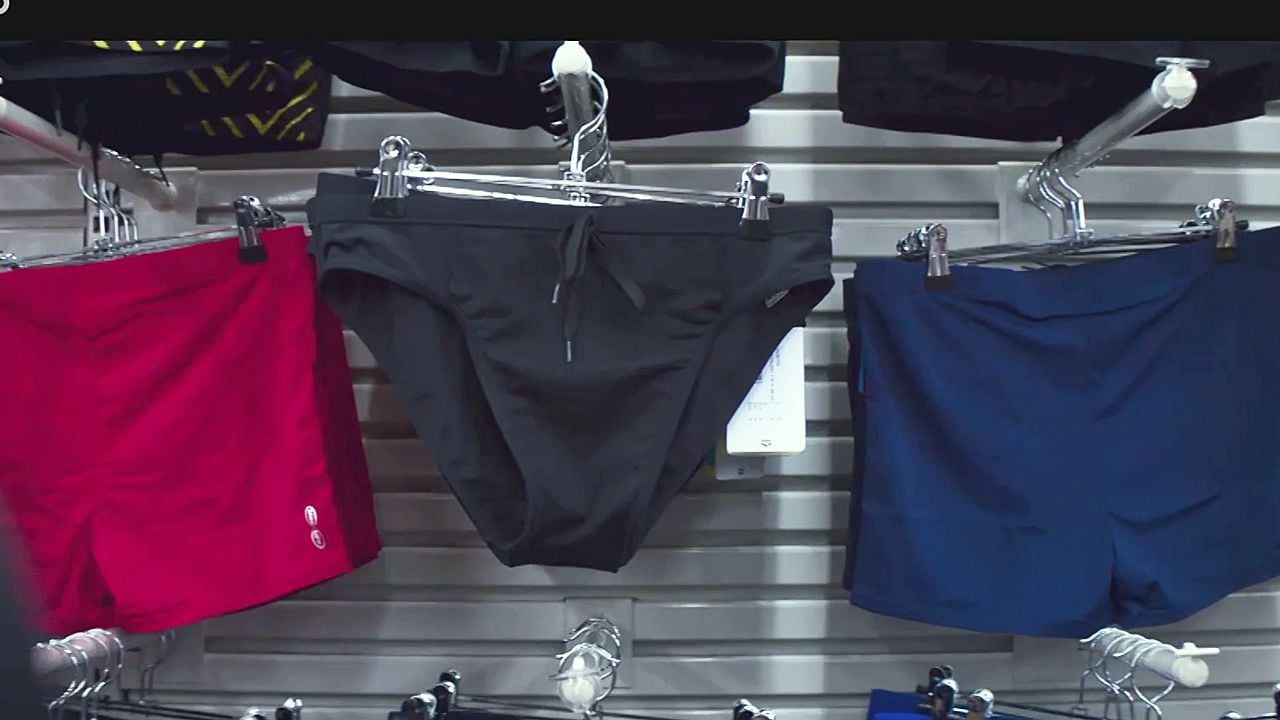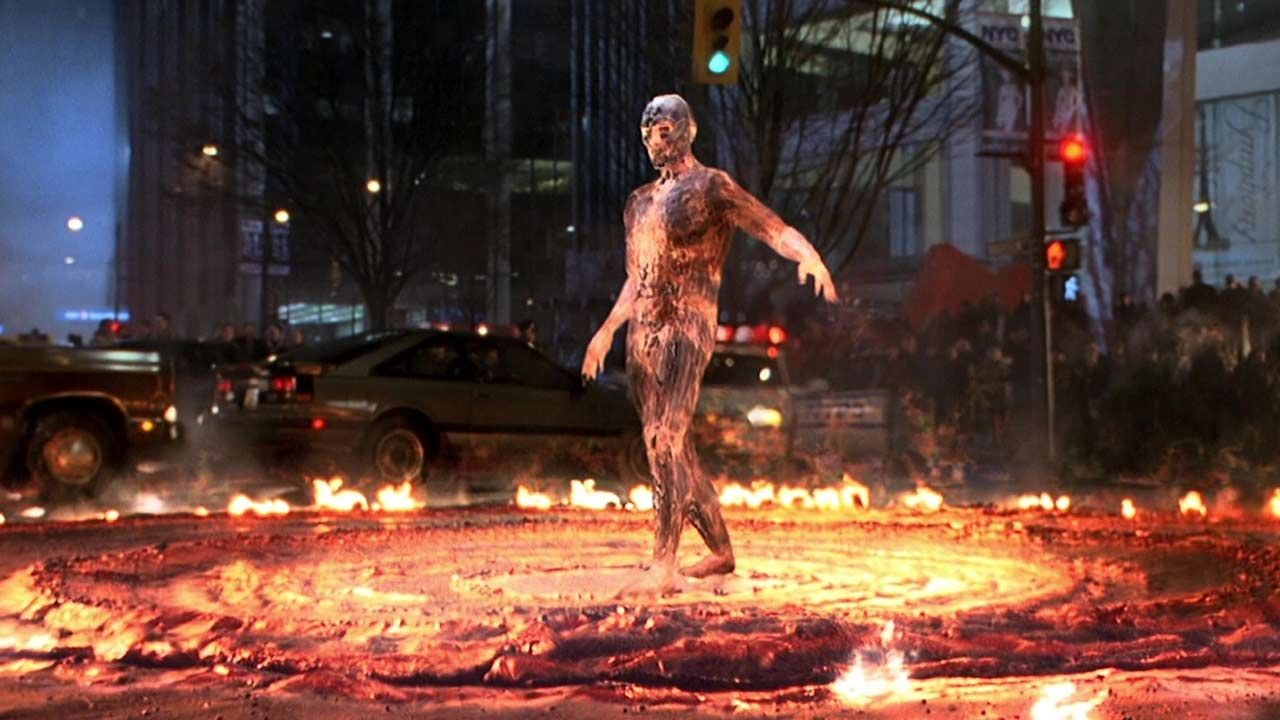Air conditioners help to cool rooms, but they consume a lot of energy and increase the heat in the urban space. To overcome this problem, several cities are betting on large centralized cooling networks, while the consumption of coal, oil and gas contributes to the increase in global temperature. To resist the heat, many install air conditioners. But the equipment, in addition to making noise, also contributes to heating up cities even more with its waste heat. Finally, they also consume a lot of electricity, which can overload networks and cause blackouts.
To get around these problems, cities like Paris, Monaco, Hong Kong, Singapore, Dubai and Toronto have bet on large centralized cooling systems or urban cooling, which pump cold water through large distribution networks. The system helps cool hospitals, hotels, computer centers and large buildings.
More efficient than small air conditioners
This modern refrigeration technology is already found in refrigerators, central air conditioning systems and heat pumps.
The principle works like this: In a closed system a gas is compressed and becomes liquid. The process releases heat. Subsequently the pressure decreases and the liquid heats up again and becomes gas, subtracting thermal energy from the environment. From then on the environment becomes cooler. These systems consist of massive equipment and produce cold more efficiently than small devices.
To power these appliances, many municipal operators also exploit the natural cold, coming from rivers, aquifers, lakes or the sea. In this way the systems consume less energy. “We try to use groundwater or urban watercourses as the main source of cooling as much as possible,” says Stefan Dworschak of Stadtwerke München, Munich’s municipal utility.
Like other urban refrigeration networks, the Munich one also has an ice storage system. There the ice is produced with large refrigerators, especially at night, “when electricity consumption in the city is low, which relieves the electricity grid,” explains Dworschak. Cold is released during the day when the need for cooling in buildings is greatest.
absorption cooling
Furthermore, cold can also be generated through heat. In Vienna, for example, waste heat from a waste incineration plant feeds an absorption cooling system. Munich is also investing in this technology and the heat to power the equipment will come from a depth of more than 1,800 meters from mid-2024: urban cooling with deep geothermal energy.
Absorption technology is already widely used. Motorhome refrigerators work according to this principle and generate cold by burning propane gas and therefore do not require electricity for their operation.
By cleverly combining different technologies, natural cooling sources and existing waste heat, district cooling systems typically require much less electricity. In Munich, the savings generated by these systems compared to decentralized systems are “between 50% and 70%,” reports Dworschak.
Energy saving
However, district cooling networks, like large district heating networks, have some disadvantages. Investment costs are high, pipes are laid underground in the city and then the buildings have to be connected. Also, some of the cooling or heating is lost during transport through the long underground pipelines. These losses are particularly high when the weather is excessively cold or hot.
But according to experts there is great savings potential here if the plant combines cooling and heating networks, which is increasingly common in Europe, such as in the Moosach district near Munich’s Olympic Stadium.
There, the municipal data center is connected to a city cooling network, which cools the servers and then pumps the heated water back into the line. A few hundred meters away, this heated water is used for an apartment building’s heat pump, heating 114 apartments. Subsequently, the cooled water is sent back to the cooling network. “It’s a good way to increase efficiency. That’s why we want to keep expanding these networks,” says Dworschak.
These fifth generation combined cooling and heating networks are particularly useful in temperate regions such as Germany. In places like this, the need for cold and heat can be well articulated, for example if waste heat from refrigeration systems is used for heat pumps.
Good insulation reduces the need for refrigeration
However, the most important factor for efficient cooling is building insulation, points out Wolfgang Hasper of the Passive House Institute in Darmstadt, Germany, a research center that calculates the energy consumption of buildings, organizes conferences and trains architects in energy efficiency planning.
If buildings have good facade and roof insulation, double or triple glazed windows, good shading and intelligent ventilation, “the outside heat can no longer enter,” explains Hasper.
Well-insulated buildings require up to ten times less cooling energy than a fully glazed building with no shade and no insulation. In addition, insulated apartments in warm regions have the option of being equipped with efficient cooling devices and thus saving a lot of electricity, Hasper points out.
Insulation is a good alternative to district cooling networks because homeowners can implement it at any time, without waiting for the cooling system to be expanded in the region. And in hot countries, insulation and cooling technology can often be well combined with photovoltaics.
“The good thing is that the sun shines right in these countries, and solar systems can generate a lot of electricity when the need for cooling energy is high,” Hasper points out. “It’s a favorable correlation between supply and demand. A good combination.”
Source: Terra
Rose James is a Gossipify movie and series reviewer known for her in-depth analysis and unique perspective on the latest releases. With a background in film studies, she provides engaging and informative reviews, and keeps readers up to date with industry trends and emerging talents.






